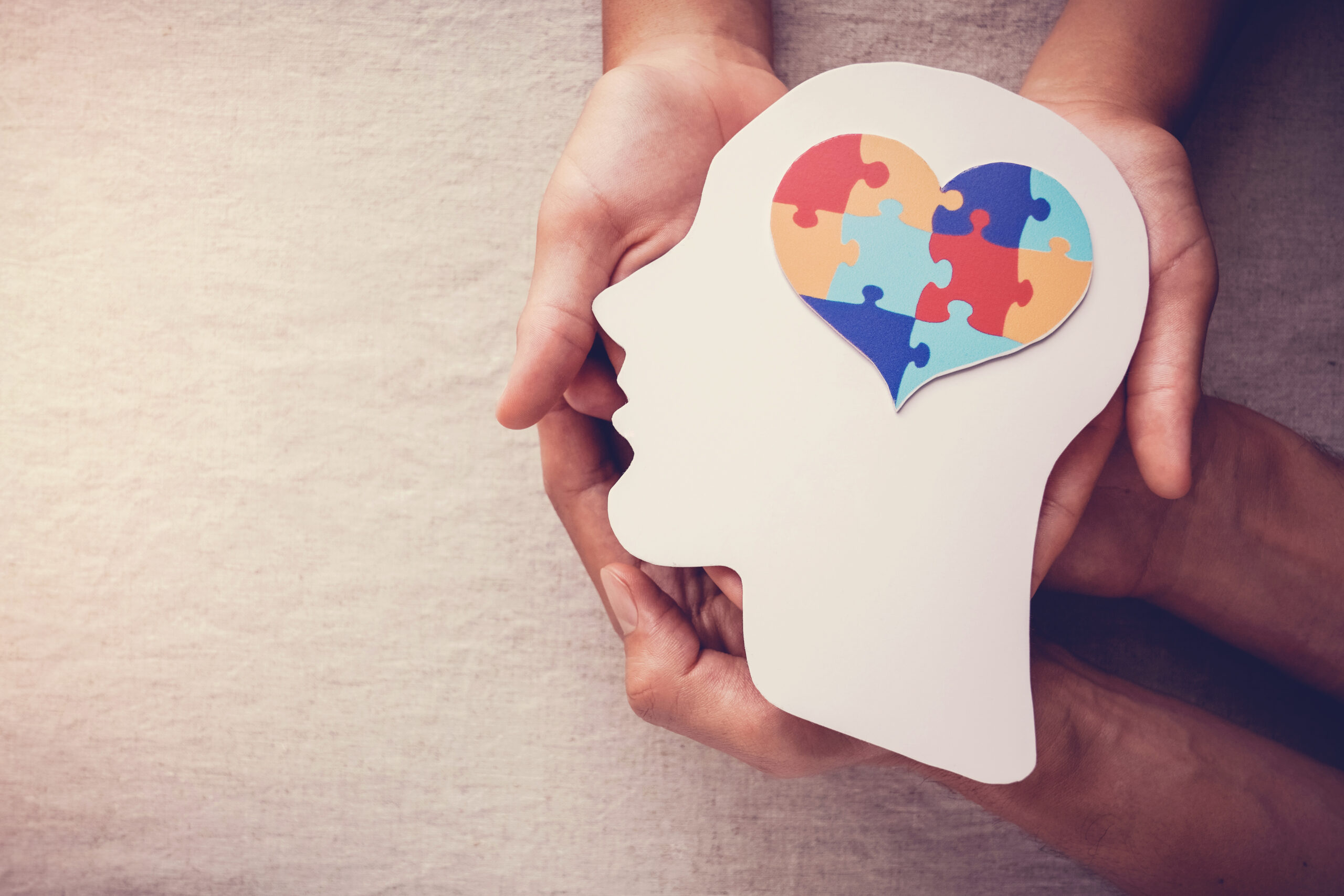The philosophers can debate ad nauseum whether we are primarily thinkers or feelers, with modernity leaning more and more towards feelers, but ultimately the two cannot be separated in our daily lives. Yes, we may follow one more strongly at one time or the other. Yes, we may intentionally suppress feelings to be stoics or thoughts in order to set us free. Ultimately, we must think about our feelings and recognize that our thoughts are influenced by our feelings. Furthermore, each day and situation varies which of these influences sits in the driver’s seat for our choices. Understanding these influences and connections can help us live life more fruitfully and more confidently.
Head or heart, which one we follow changes from day to day. This makes some sense anatomically as we examine the brain and its functions. Our frontal lobes just over our eyes contain the decision-making portion of our brains where executive processing or the weight of facts against each other lead to choices and actions. Were this the only input, it would be almost computational, but the frontal lobes must then transmit their output to the brainstem and other portions of the brain in order to carry out the determined choices.
The nerve pathway from the frontal lobe passes through the limbic system, our center of emotions, thus crossing the working out of logic with the processing of emotional input in this intersection. While this is somewhat oversimplified, practically, this is what occurs. In this limbic system area, emotions are processed and both the input to the frontal lobes and the output from it are colored by these emotions. The intensity of the emotional colors, whether for good or for bad, influence the decisions of the frontal lobes. The intensity can be so great that one feels like their emotions are even overriding logic. One can act as if the emotions are the primary driver.
Practically speaking, both logic and emotional coloring influence what message of decision reaches the action centers of our brains. In any given situation, the contribution of logic or emotion may vary. At times, the emotions of that actual decision may exert greater influence from itself or from memories of past similar decisions and incidents. The decision at hand may manifest emotions from the prior circumstances either consciously or unconsciously. For example, one’s response to an employer giving negative feedback on job performance could consciously or unconsciously bring up feelings of childhood when a parent or a teacher had scolded one for misbehavior. One may or may not connect the present response’s intensity of feelings to that memory of childhood shame or embarrassment.
At other times, the logic of the frontal lobes may circumscribe the emotions, preventing their influence upon a decision. One may resort simply and solely to cold facts without allowing emotional influence to alter one’s course. Some individuals are more natural at doing this while others have great difficulty in doing this. Such variability in restraining one’s emotions depends on differences in temperament, biology, and past life factors like trauma. The situation of the decision at hand also influences how non-emotional one can be for that decision as some decisions may trigger no past emotions, while others resurface many emotions. In general, the more one is self-aware, recognizing and acknowledging the sources of emotional responses to a given decision, the more one can balance logic and emotions when making a decision.
Considering the anatomical crossing of our logical frontal lobes with our emotional limbic system, we are therefore wired to add emotions to our thinking and to think about how we feel. We may vacillate between the two but never completely separate out one from the other unless some physical damage occurs to these brain regions impairing one or the other. The wiring of our brains makes this reality unavoidable. This makes sense when considered as both aspects of our being are necessary. While factual perception and logical reasoning are necessary to correctly assess reality, emotional coloring reflects our values and subjective nature of relationships. Living without either one makes us unbalanced within ourselves and with relationships of life.
With such dynamic variability, there would seem to be little hope of sure footing, yet reflection upon these influences and connections offers self-awareness that can help us live life more fruitfully and more confidently. Such reflection and its resulting self-awareness can enable one to make conscious choices rather than succumbing to sub-conscious influences. Lack of awareness whether logic or emotions are driving a decision creates a greater potential for unwanted decisions. Even if one decides to base a decision on emotions, they should do so with conscious awareness of what they are doing. The frontal lobes must oversee the process even if the weight of emotions ultimately determine the outcome. A future post will look at how to balance these aspects without letting one or the other run the show.
Next in the series… Broken Hearts and Bent Minds.


Recent Comments